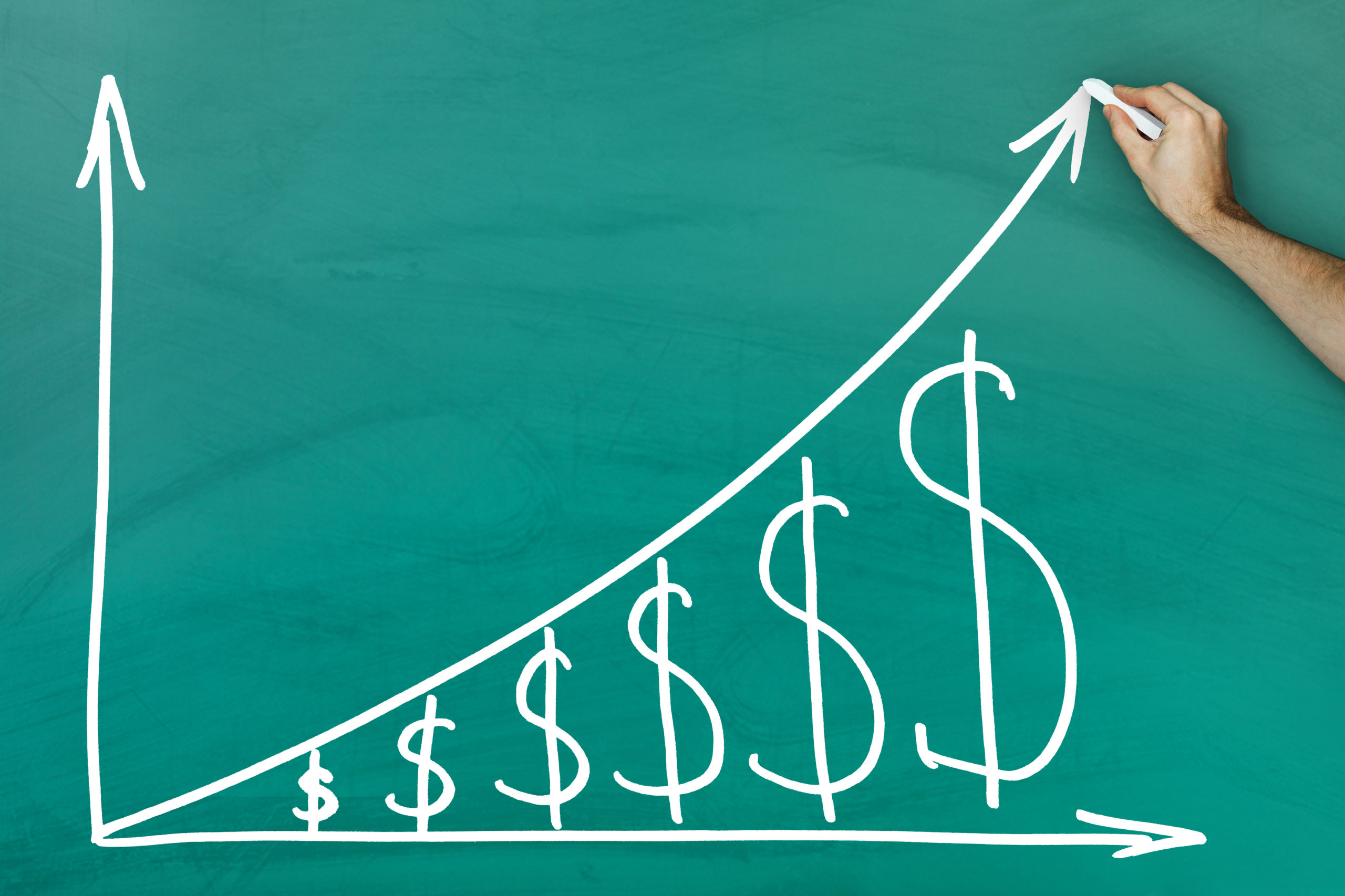World Bank data show the number and proportion of people in dire poverty worldwide has plummeted over the past two decades. In 1990, 35.5pc of the world’s population (1.9bn people) lived below the equivalent of $1.90 (£1.47) per day. By 2013, this had fallen to 10.9pc, or just 782m. That’s the most rapid fall in poverty in global history.
Viewed from our lofty opulence, it’s easy to downplay this statistic as indicative of a different poverty – that of ambition. Yet viewed in isolation it is surely good news.
Unless, of course, you are a left-wing academic keen to decry the effects of globalisation and capitalism. Numerous commentators and intellectuals with precisely these ambitions are trying to muddy the waters and confuse the public on this unadulterated positive development.
In an interview aired earlier this week, Al Jazeera journalist Mehdi Hasan challenged Harvard University psychologist Steven Pinker (author of Enlightenment Now) on using the statistic as evidence the world is getting richer. “But surely you know …,” Mr Hasan claimed, “that there are numerous studies and a number of scholars who dispute that poverty measure as arbitrary, as inaccurate, and that in reality … about four billion remain in poverty today.”
Hasan credits his line of questioning to research from Dr Jason Hickel, an anthropologist and fellow at the Royal Society of Arts. Dr Hickel has made a name for himself by throwing the kitchen sink at what he perceives as Panglossian takes about global poverty reduction, even going as far as an article title he authored labelling it a “lie”.
Faced with the evidence of large proportionate declines in global poverty, Dr Hickel prefers looking at absolute numbers of the world’s poor – largely reflective of population growth – to claim progress is slower than suggested.
He is particularly critical of the UN Millennium Development Goal poverty target, which he says was revised from numbers of people to a proportion, limited to apply to developing countries rather than the whole world, reset to different base years, and arbitrarily backdated to 1990, all in aid of telling this dramatic story of poverty reduction.
To ram home his point that lived poverty is worse than it seems, he also makes the miraculous discovery that setting a much higher poverty threshold implies there is more poverty. He concludes that the Millennium Development Goals themselves have been a failure.
Hickel may well have a point that the poverty reduction we have seen has little or nothing to do with the UN, aid or these goals. And, yes, all poverty lines are arbitrary in practice. But the rest is utterly irrelevant to the claim Pinker made.
Whatever line you set, the direction of travel is clear: the proportion of the global population in poverty is falling significantly. Criticisms one has of the worthiness of particular measures is beside the point. Whatever we are doing right now coincides with a fall in poverty’s prevalence.
A simple search online heralds a World Bank webtool that allows one to assess global poverty using whatever arbitrary threshold you like. $3 a day? There has been a fall from 53.1pc of the global population earning below that in 1990 to 26.1pc in 2013 (an absolute fall from 2.8bn to 1.9b people). $5 a day? The proportion failing to meet that standard fell from 65.5pc to 45.3pc over the same period (a more modest fall in the absolute number from 3.4bn to 3.2bn). Ah, but what about at $10 a day? Again, the proportion has fallen from 76.0pc to 66.5pc – though in this case that represents a rise from 4bn to 4.8bn since 1990, a 19pc increase coinciding with a 36pc increase in global population.
That so many human beings still live in relative penury is of course troubling. No right-minded person can be satisfied with the status quo. The slower progress at higher poverty level thresholds suggests that while we’ve become much better at providing basic needs, too many countries get stuck in low to middle-income traps, often due to bad domestic policies. Yet sophistry and partial analysis used to imply that extra GDP growth cannot help the poor amounts either to willful ignorance or dangerous malfeasance.
One might have more sympathy for the idea that Dr Hickel’s true concern was the welfare of the world’s least well-off, rather than an ideological crusade against capitalism, were it not for other things he has written and said. Dr Hickel’s Twitter page has linked to an article at Marxist.com, for example, entitled “World Poverty: capitalism’s crime against humanity”.
This direction of causation will be news to anyone who knows or ever knew anything about history (including Marx himself). Dr Hickel is also an advocate of so-called “degrowth” – the idea that governments should band together to cap global GDP and redistribute existing global income to level things out.
He has written, presumably while keeping a straight face, of the need to cut GDP per capita in the US to less than half current levels. Aside from the ignorance about how growth occurs (how does one ban or cap productivity-enhancing innovations?), this madness, even in principle, shows a remarkable inhumanity towards living human beings and their aspirations.
Thankfully, the global economy is not some zero-sum game and policymakers are not beholden to the degrowth sect. Growth would do far more to lift up the poor in the long-term than anything annual redistribution could ever achieve. And, however you measure or misrepresent it, global poverty is falling substantially today.
For intellectuals and journalists to obfuscate that progress and suggest the record amounts to some disputed “he said; she said” debate shows either a disdain for evidence or an unfalsifiable belief in their anti-capitalist ideology.
This first appeared in The Telegraph.

